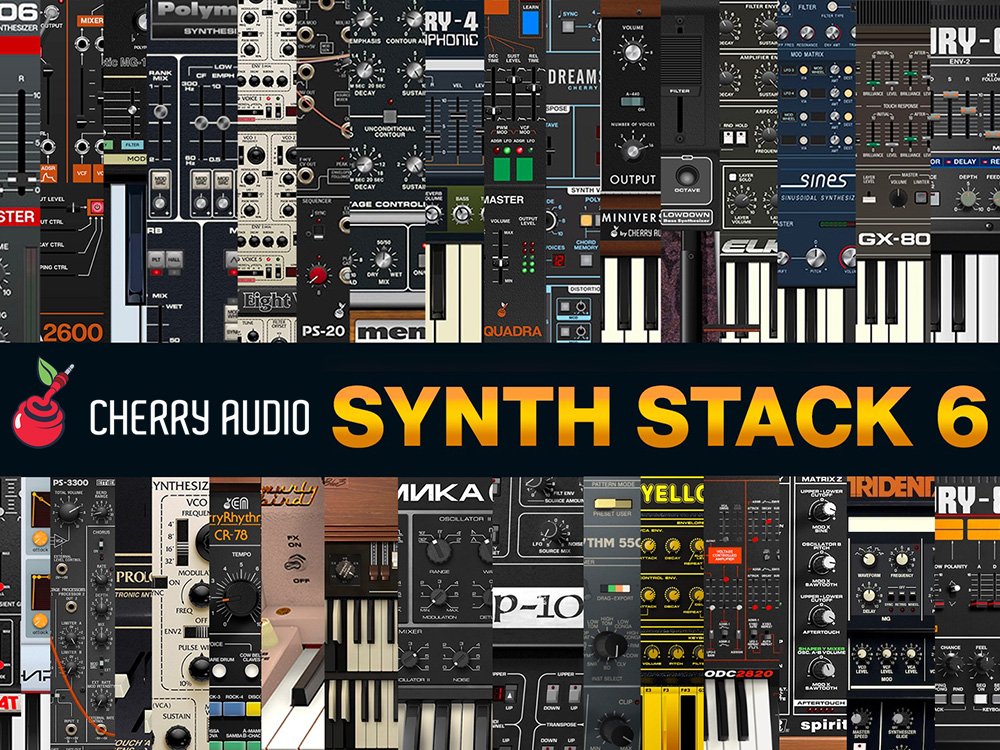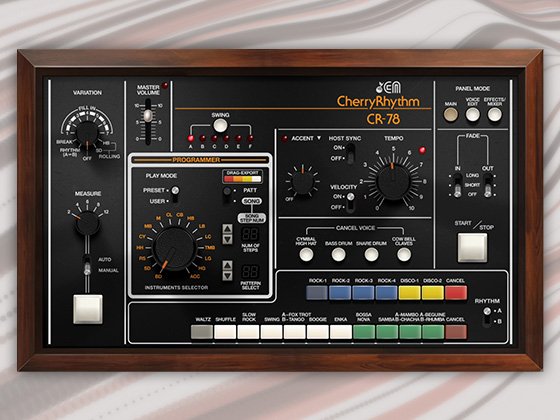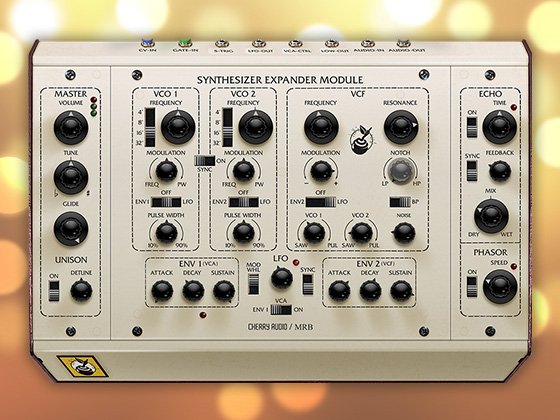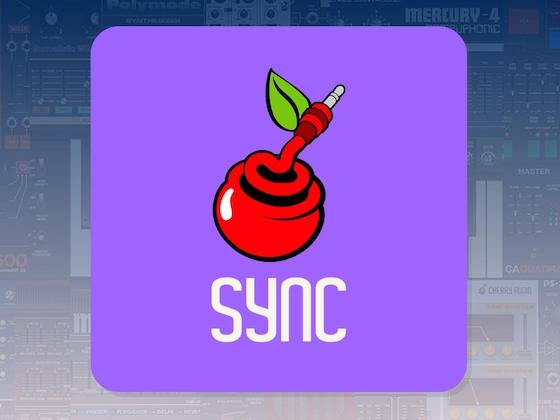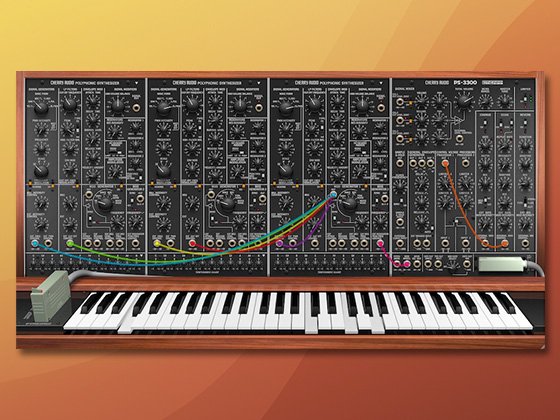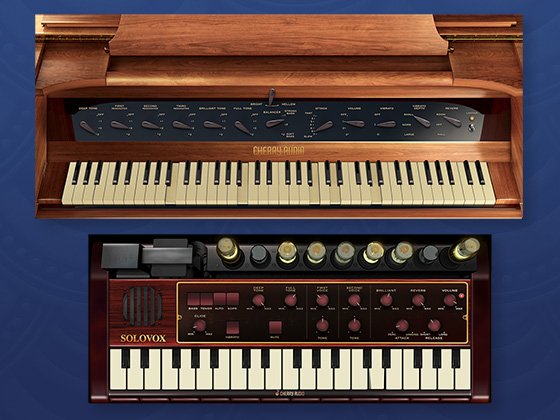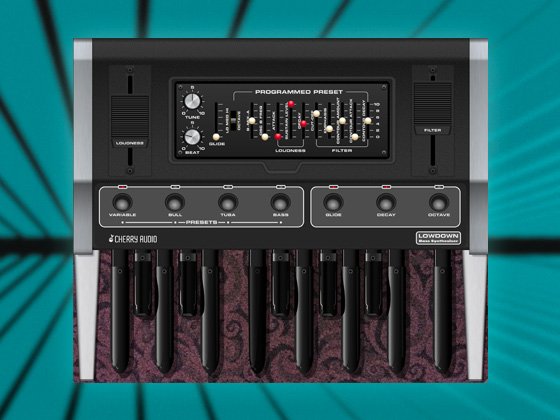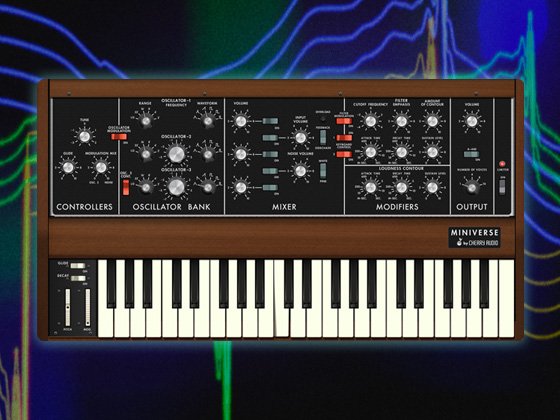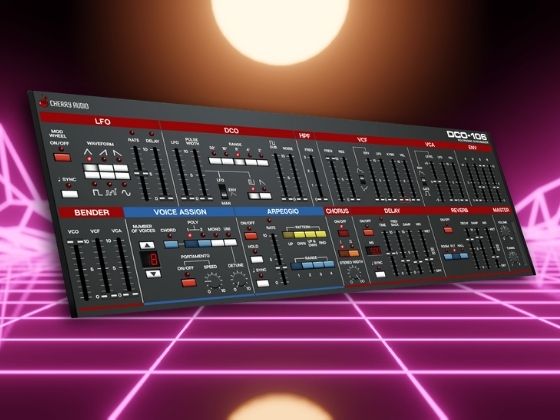Manufacturer: MRB
$10.00
INCLUDED IN THE MRB LABORATORY BUNDLE
Video Manual: https://www.youtube.com/watch?v=o5Wv0PferUQ
INTRODUCTION
The MRB Laboratory Vector Processor provides the infrastructure you need to do vector synthesis similar to the Prophet VS and Korg Wavestation.
So what is vector synthesis? Very simple really -- it's just multiple waveform crossfading. Most wavetable oscillators provide this function through their inherent ability to crossfade from one table to another, but the available sounds are limited to what they can internally provide and sometimes in the order they provide them. The Vector Processor allows you to patch in up to 8 different sounds of your own. They can be the same note, but in different timbres, or 8 wildly different noises. The OFFSET knob and CV inputs control which of the 8 inputs is live, and the WIDTH and 2 SLOPE controls determine how much the adjacent sounds leak through. Each input has an associated level control so you can dial in the mix just right.
INSTRUCTIONS
To get acquainted with the module's operation, patch some different sounds into the various input channels 1-8. You don't need to use them all. You can use adjacent inputs, leave gaps, or duplicate sounds in adjacent channels. Turn up the level control next to each input used. Turn the WIDTH control so it reads approximately 1.00 and the 2 SLOPE controls up full (100db/volt). Now turn the OFFSET control up and down and watch and listen. The 8 meters show you each channel's response. The meters do not show audio. They show how each channel is opening up to allow the sound through (whether the channel is used or not). Each meter has a 30db range.
Now experiment with the WIDTH and SLOPE settings and notice how the response changes as you dial the OFFSET up and down. The meters give you instant visual feedback as to what is going on. The WIDTH control adjusts how many CV volts wide the full response is. The SLOPE knobs control the fadeout above and below the WIDTH. High SLOPEs mean abrupt fades and low SLOPEs are gradual until you get to zero SLOPE where there is no fade at all. Using the WIDTH and SLOPE controls, you can create single channel crossfades, traveling windows, or bars that grow from top or bottom. The CLAMP switches prevent the CV from going beyond the channel limits -- if that's what you want. If a clamp is not engaged, and the CV goes beyond the top or bottom limit, no sound will be output. This can be very useful as well. All fades are done in db space, so they sound very natural.
Now that you're tired of turning the OFFSET control yourself, patch an envelope to a CV input and turn it up a bit. Every time you hit a note, the sounds will crossfade from one to another to another -- instant vector synthesis. Congratulations. If you use an LFO for CV, you can get rhythmic results. Using more than one LFO can yield complex rhythmic patterns. It will sound like you're using a big load of envelopes and VCAs and a sequencer, but I won't tell if you won't.
The OUT column of jacks output the audio for each individual channel. The CV OUT column outputs the control voltage from each channel's internal VCA. You can use it to control something like a filter cutoff, or even use it to fire off an envelope or something. If you plug one of these outputs into an oscilloscope, you can visualize the shape of the scanning window as it passes.
Ars.Nova.Strata...
Dec 20, 20
Possibilities within possibilities
Vector Processor is one of those incredible instruments that enables us to think, imagine, wonder, and or just do. It has the power to create new genres, bend the rules, sound art, realtime communications with signals and sounds while exploring a combination of classic techniques in parallel. I can go on about what can be done, or you can just explore it yourself. Mark has gone a step further by creating a very detailed video explaining the history of Vector Synthesis while giving excellent examples of what's possible from scratch. Mark is a pioneer in instrument design, music, sound and engineering inspiration to last a lifetime. Create your own legacy with the Vector Processor.
